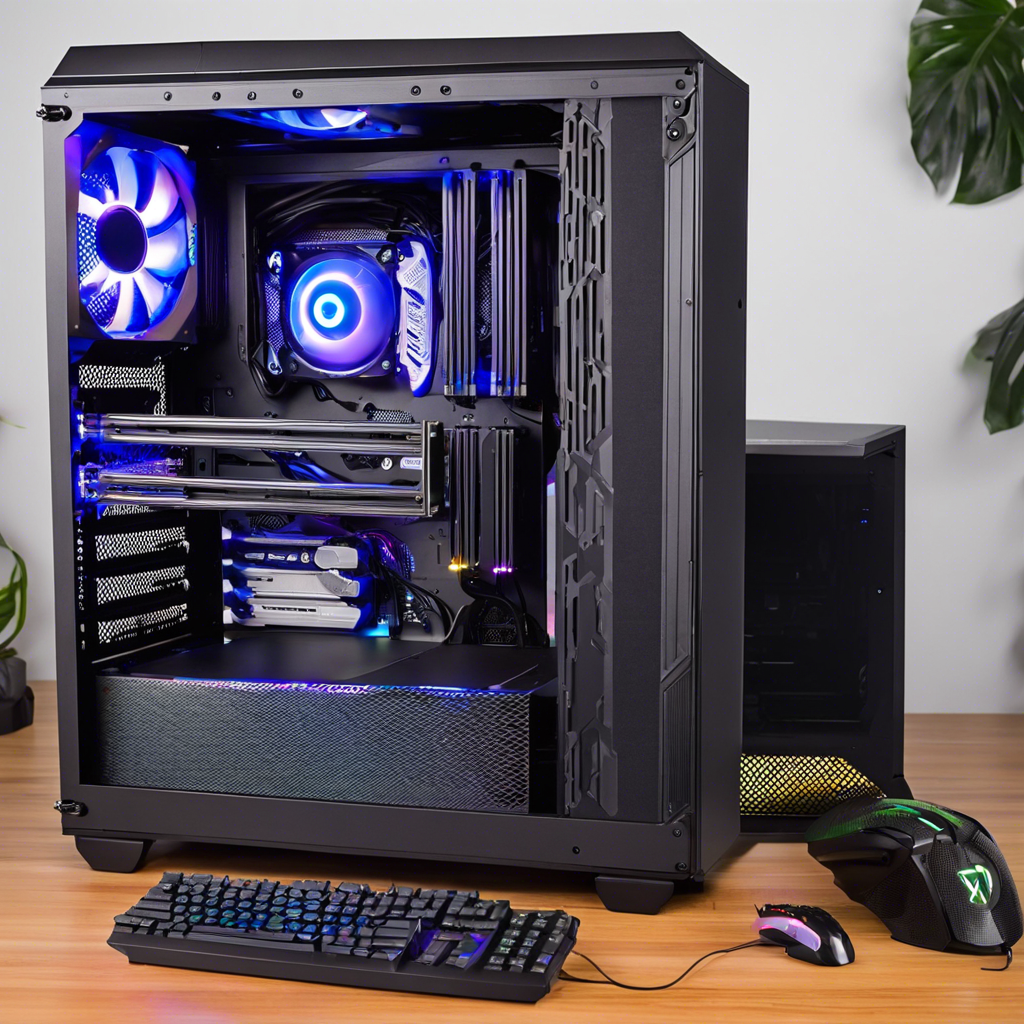A step-by-step guide to assembling a high-performance gaming PC on a budget in the year 2025, with component recommendations.
With the ever-evolving world of technology, building a gaming PC has become an exciting venture for enthusiasts and gamers alike. In this article, we’ll guide you through the process of building a powerful and efficient gaming PC under $1000, specifically tailored for the year 2025. By the end of this guide, you’ll have the knowledge to craft your own high-performance machine without breaking the bank. As technology advances, the components and specifications we discuss will likely evolve, but the principles and processes of assembling a PC remain constant.
Understanding Your Budget
When building a gaming PC, it’s crucial to understand that your budget will significantly impact the components you can choose. With a $1000 budget, you can create a well-balanced system that offers a great gaming experience without compromising performance.
Key Components for a Gaming PC
A gaming PC consists of several essential components that work together seamlessly. Let’s explore the core elements you’ll need for your build:
Central Processing Unit (CPU)
The CPU is the brain of your computer, handling various tasks and ensuring smooth gameplay. For a budget build, consider a mid-range processor such as the AMD Ryzen 5 2600X, which offers excellent performance and value for money.
Graphics Processing Unit (GPU)
The GPU is vital for gaming as it renders high-quality graphics and smooth gameplay. NVIDIA’s RTX 3060 or AMD’s RX 6700 XT are excellent choices for 1080p gaming, providing impressive performance at affordable prices. Check out NVIDIA’s RTX Series for more details on their latest offerings.
Motherboard
The motherboard connects all your components. Opt for a budget-friendly option like the MSI B550M-A Pro, which supports the latest AMD Ryzen processors and provides ample features for a gaming PC.
Other Essential Components
- Power Supply Unit (PSU): Choose a reliable PSU with enough wattage for your system.
- RAM: Consider 16GB of RAM for optimal performance.
- Storage: A combination of SSD and HDD will offer speed and capacity.
- Cooling: Invest in a good CPU cooler for efficient heat dissipation.
- Case: Select a well-ventilated case for optimal airflow.
Step-by-Step Assembly Guide
1. Prepare Your Workspace
Find a clean, well-lit area and gather the necessary tools: a screwdriver, thermal paste, and anti-static equipment.
2. Install the CPU and CPU Cooler
Carefully insert the CPU into the motherboard socket and apply thermal paste before securing the CPU cooler.
3. Mount the Motherboard
Attach the standoffs to the case and screw in the motherboard, ensuring all ports are aligned correctly.
External Links:
- PC Gamer’s Budget Gaming PC Guide
- Tom’s Hardware: Best CPUs for Gaming
- r/BuildaPC – A Community for PC Building Enthusiasts
Q&A: Building Your Gaming PC
Q1: How much will I save by building my own PC instead of buying a pre-built one?
A1: Building your own PC can save you up to 30% compared to buying a pre-built one with similar specifications. It also allows for more customization and future upgrades.
Q2: Can I upgrade individual components later on?
A2: Absolutely! One of the advantages of building your own PC is the flexibility to upgrade components as technology advances.
Q3: Are there any potential challenges I should be aware of during the assembly process?
A3: While building a PC is straightforward, be cautious of static electricity and ensure proper grounding. Follow tutorials and manufacturer instructions for a smooth assembly experience.
Conclusion
Building a gaming PC under $1000 in 2025 is an achievable goal that offers an immersive gaming experience. By following this guide, you can create a powerful machine that caters to your gaming needs. Remember, building a PC is an exciting journey, and with the right approach, you can enjoy the satisfaction of crafting your dream gaming setup.
